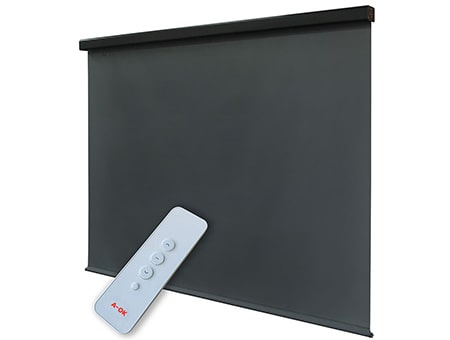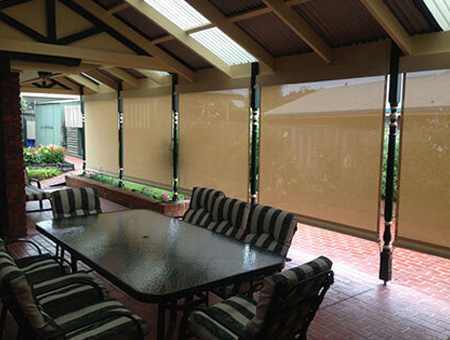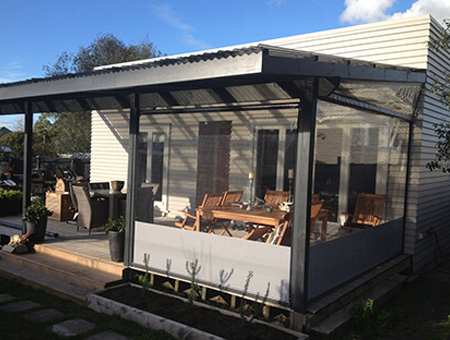If you’re considering adding a new pergola to your backyard, you might wonder about essential considerations like the distance from your neighbor’s property and the required permits. It’s essential to adhere to specific standards to ensure a smooth construction process and avoid any potential issues.
In this blog post, we will address fundamental questions you may have as you commence your construction project, helping you create a stunning pergola in your backyard while staying compliant with laws and regulations.

Determining Pergola Placement
It’s vital to consider laws and regulations when planning the location of your pergola. Here’s what you need to know:
NSW Government Standards
- Building Line: Your pergola should be positioned behind the building line.
- Boundary Fence Distance: Maintain a minimum distance of 5 meters from the boundary fence, with flexibility up to 9 meters in other areas.
- Size Limitation: Ensure your pergola does not exceed 25m² in size, and maintain an average height of 3 meters.
Proximity to Boundary Fence
- Column Placement: You can place pergola columns closer to the boundary fence, provided the roofline remains at least 5 meters from the fence.
- Neighbour’s Consent: Obtain written consent from your neighbor, indicating their agreement with your building plans.
Bushfire Area Considerations
- Stringent Regulations: If your property is in a bushfire-prone area, adhere to stricter construction regulations.
- Fire-Rated Materials: Use fire-rated construction materials.
- Distance from House: Maintain a minimum distance of 5 meters between the pergola and any house structure.
Verify Local Regulations
- Local Council: It’s essential to recognise that regulations and requirements vary by location. Contact your local council to confirm your area’s specific pergola building requirements.
Note: The information provided here is based on NSW government standards. Regulations can differ in other regions, so it’s crucial to consult your local authorities for accurate and area-specific guidance before proceeding with your pergola construction project.
Can I build my pergola closer to the fence?
If you’re considering building your pergola closer to the fence, there are specific steps you should follow:
- Consult with your local council to explore any potential exceptions to existing regulations. It might let you customise the construction in a way that would not need a permit.
- However, if you still wish to proceed with a closer placement, secure written consent from your neighbors, confirming their agreement with the project.
- It’s essential to have the area inspected for safety purposes. Additionally, submit a construction application to your local council, ensuring compliance with safety standards and regulations. Be prepared to pay an extra fee as your council requires for processing the application.
Following these steps diligently will help you navigate the process and build your pergola closer to the fence, adhering to local regulations and safety guidelines.
Is a building permit required for a pergola?
Building approval from your regional council is imperative before constructing your pergola or deck. Remember that each council may have distinct regulations concerning structural aspects, materials, and building standards. Therefore, it’s crucial to consult with your local council to ensure compliance with the specific requirements in your area before commencing your project.

What types of building permits are necessary?
There are two essential permits to obtain before moving forward with your pergola construction project:
- Planning Permit: This permit addresses aspects related to aesthetics and boundary regulations. It focuses on the visual and spatial considerations of your project.
- Building Permit: The building permit encompasses a broader range of subjects, including safety regulations, fire regulations, and construction sizes. Ensuring your pergola complies with safety standards and other structural requirements is essential.
Both permits are crucial for a successful and compliant pergola construction, covering different aspects of the project’s planning and execution.
Why is a building permit necessary?
Obtaining a building permit for your pergola project may seem burdensome, but it is a crucial investment that can prevent significant issues in the future. A building permit primarily assures regulatory authorities that your construction meets safety regulations. It ensures your safety and the long-term integrity of your pergola, making it a vital step in the construction process.
What are the consequences of building a pergola without a permit?
Constructing a pergola without the required permit can run into the following problems:
- Faulty Construction: Constructing a pergola without the necessary permit can lead to subpar construction due to overlooking significant property or area considerations.
- Legal Consequences: Operating without a permit can lead to legal repercussions, including fines. In some cases, authorities may require the demolition of the unpermitted structure.
- Property Value Impact: Illegally constructed pergolas can negatively affect your property’s appraisal and overall value, making it less attractive to potential buyers who may question the quality of the non-permitted addition.
- Insurance Coverage: Homeowners’ insurance may not cover damage caused by non-permitted construction. If your insurance provider discovers damage is linked to unapproved construction, they may refuse to cover the associated costs.
Understanding the potential implications of avoiding the permit process and prioritising compliance to avoid these complications is essential.
If you’re building a pergola in your Sydney home and looking for professional assistance, contact Homeworx Australia at 1300 538 800, and our experienced and friendly team will be happy to assist you. 


























